So, you’re tired of feeling like crap and have decided it may be worth giving an elimination diet a try. Congratulations on taking a step towards addressing your health concerns! In another post, I’ve discussed the type of elimination diet I followed and how I went about it. At first glance it may seem as if there’s nothing to eat (nothing good at any rate) but don’t let that stop you! I’m here to tell you that there is plenty to eat and if you’re willing to be creative you’ll try some new things you may have been missing out on.
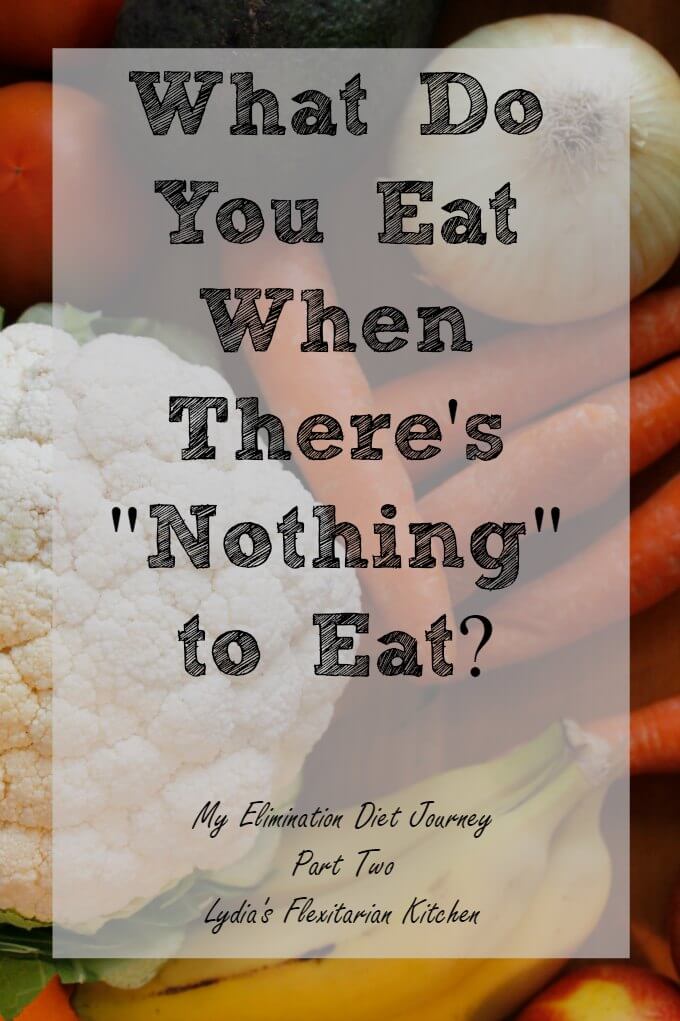
Breakfasts
Breakfast was the most radical change for me. I was in the habit of eating a bacon egg and cheese sandwich nearly every day. To start with I had smoothies made with almond milk, since it’s allowed. I have tried almond milk in my morning cup of tea. It’s not awful, but I’d just rather drink my tea plain. Eventually I transitioned over to fruit with quinoa, fruit with almond butter or sometimes leftovers from the night before. I especially like the fruit and quinoa with a shot of almond milk. Some people like agave, maple syrup or honey for sweeteners. You may find the fruit is sweet enough after awhile, as I have.
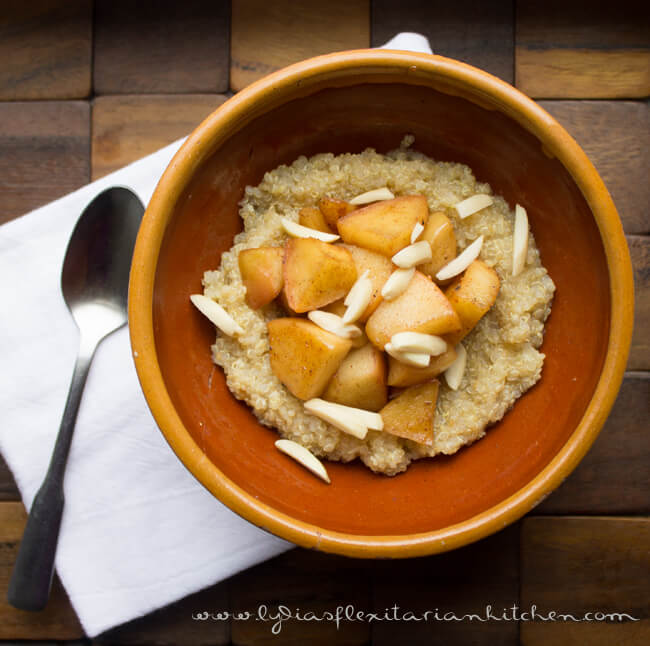
I’m not a big fruit eater, so having a piece of fruit for breakfast or a smoothie is the best way to make sure I eat some. Once in awhile I’ll enjoy a breakfast porridge with quinoa, apples and almonds (see this post for the basic method).
Lunch
When I was working I always carried leftovers for lunch and I still eat leftovers if we have any. At the beginning of the elimination diet I found myself eating more meat than I had been, had to work to get back to no more than one serving of meat a day. Normally I will eat mostly plant stuffs for lunch otherwise I try to keep my lunchtime portion of meat very small or I’ll use meat as a flavoring for beans or in a soup. Those not reducing the amount of meat in their diet have more lunchtime options, obviously.
You’ll want to avoid cayenne and paprika in your seasoning blends until you’ve tested them, but something like Moroccan Chicken with Summer Squash is just as tasty the second day.
I love various combinations of beans and greens, like with lentils and Swiss chard. Lentils are also delicious paired with roasted sweet potatoes or shredded carrots. Then there’s always my favorite, mujaddarra, a Lebanese dish of spicy lentils and rice. I’ve eaten mujadarra for breakfast a couple of times, too.
There’s always that old standby salad to eat for lunch. Just be careful of the dressing you choose or better yet, make your own so you’ll have control over the ingredients. You’ll also want to be mindful of using tomatoes and peppers in the beginning, especially if you’re testing nightshades. I love a salad with broccoli, chopped dates and almonds and a simple vinaigrette. Part of the reason I like that salad is because it would be silly to serve it with some of the usual salad staples. You won’t miss the croutons or the cheese or the tomato if you’re willing to be creative.
Snacks
I’m trying to eat two servings of fruit a day in order to satisfy my sweet tooth so my go to snack has been a sliced apple or banana mixed with a couple tablespoons of almond butter and a tablespoon of sunflower seeds. It usually fills me up until the next meal, but as I mentioned earlier I’m not a big fruit eater so I have to work at eating even two servings. Veggies are another story. A little hummus with carrot and celery sticks is another favorite snack.
Before the elimination diet I would reach for crackers and cheese whenever I was peckish but since grains and dairy are common allergens, they’re off limit during the elimination phase. Let me tell you, I’m over rice crackers. They ain’t Triscuits® and they never will be so I learned to do without. I’ve made my own gluten free crackers, but the results have been spotty. So far I haven’t found one that keeps its crunch beyond a couple hours, although they’re all pretty good right out of the oven. In a pinch, lettuce leaves make a decent wrap for a variety of things, like this awesome Brazilian style chicken salad loaded with peas, corn, apple, raisins and french fried potato sticks.
Dinner
Dinner hasn’t changed much. We’ve never been a meat and potatoes family, although we like a good pot roast with mashed potatoes as much as anyone. You can still have your meat. Rice and quinoa are available for a starch along with any vegetables you are allowing. I’ve been avoiding processed meats like lunch meats, ham and bacon, but chicken, pork, beef, fish and shellfish are at your disposal.
If you miss noodles, try Asian cuisine, especially Thai or Vietnamese food that tends to use rice noodles. There are plenty of gluten free pastas available. I’ve tried rice pasta and soba noodles. Another alternative is to cook a spaghetti squash or use shredded zucchini and carrots as a “noodle.” I stuck with Asian dishes until I was able to clear tomatoes and peppers. Keep in mind that not every type of sauce will work with a particular noodle. As you get familiar with the other types of pasta available you’ll be able figure out which sauce works best.
If you would rather go out to eat, consider what is served in your area restaurants and whether or not you’ll be comfortable being around foods you’re trying to eliminate. I deliberately chose the local Vietnamese place because they serve rice noodles, they don’t serve alcohol and they don’t serve chips of any kind! Plus, I love their summer rolls.
Instead of a cheeseburger with all the fixin’s, try cevapi. You’ll love the bold flavor and won’t miss the bun. I made them without the ayvar sauce and served them with steamed broccoli raab until I tested eggplant and peppers. Try chicken or fish with a nice mango salsa for something tropical. If you’re eliminating citrus, replace the lime juice with a splash of white balsamic vinegar.
If you prefer shellfish, try scallops with chimichurri sauce. You’ll find chimichurri is an excellent condiment for a variety of foods.
Supplements
I take a vitamin for women of a certain age and a probiotic to replace the yogurt I was eating on a regular basis. I also take a fiber supplement everyday in order to keep things moving along. If the fiber isn’t getting the job done, I’ll drink a cup of dandelion root tea or smooth move tea to get things going again. I’m not going to presume to tell you what supplements to take. Please use your own best judgment and make sure there’s no conflict with any prescription drugs you may be taking.
Beverages
I mostly drink water or unsweetened, decaffeinated iced tea. I haven’t had any carbonated beverages at all. (EDIT: This is an ongoing struggle for me. I think I’m going to have to give sodas up completely because I don’t seem to be able limit myself). I’ve restricted alcoholic beverages to wine or hard cider and the occasional margarita. (EDIT: I’m connecting hard cider and margaritas to a recent eczema flair up. I made the connection because I kept a journal.)
But what about…
Potatoes? Cauliflower is an unappreciated vegetable. Cauliflower can be roasted or steamed and then pureed into a nice mashed potato substitute. It can also be smashed it into rice sized bits and used as a base for sautéed greens or stews (you can eat rice on the elimination diet, but cauliflower rice makes a nice change). I love it roasted, and will put some in a foil packet to cook on the grill when it’s too hot to turn the oven on. I’m working on a “Caulifredo” sauce that works well with the pasta substitutes mentioned above. (Here’s a link to a good recipe from A Pinch of Yum to get you started.)
Butter? I had never tried coconut oil before, but so far I’m finding it’s a decent substitute for butter. I haven’t noticed an overt coconut flavor and it was handy when I tested corn on the cob as it helped the salt stick to my corn. Rick doesn’t care for the taste, so I don’t fry or saute with it unless the flavor works with the dish, like a curry. I’ve also used it to make an almond flour shortcake from The Nourishing Home and it turned out really nice. A quick google search reveals I’ve only scratched the surface of the uses of coconut oil.
Lunch Meat? I made a point of avoiding bacon and ham while in the elimination phase, but in general I’m eating less and less processed meats, lunch meat included. I get aggravated when I read the ingredients. I’m on the hunt for fresh bacon and ham in my area and will just limit consumption until I can find it.
Fortunately, if you have the time, you can make your own roast beef at home. Choose a nice eye of round roast and rub it all over with coarse salt, black pepper and some salt free seasoning blend, or use your favorite cayenne free rub. Place it on a rack and roast for 20 minutes at 500º, then reduce the temperature to 300° and cook until the internal temperature is just under 130°. A two pound roast takes about an hour and twenty minutes in my oven. Then allow it to rest under a foil tent for a half hour or more. Slice as thin as possible, I use an electric knife. A deli slicer would be awesome if you have access to one. You could do something similar with a turkey breast. 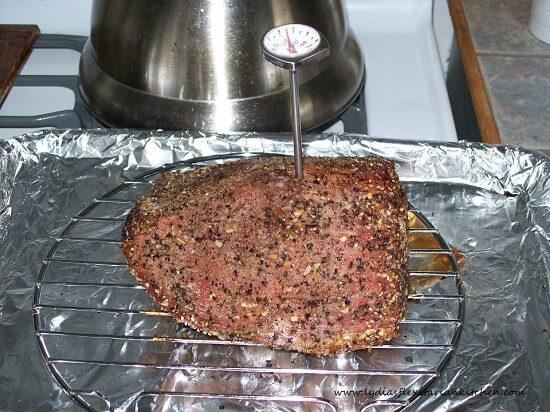
Eggs? I haven’t missed eggs at all, and I really thought I would. While researching the recipe for besan pudas I learned that besan (chickpea) flour can be “scrambled” much like eggs. Flax seed meal and besan flour both work well as a binder instead of eggs. Other than that, I haven’t done any baking at all except to try a few cracker recipes that didn’t call for eggs.
Bread? The lack of bread is a challenge for me, I’ll admit, but it’s gotten better since I surfed a couple gluten free websites for recipes. Indian and Asian cuisines aren’t as dependent upon wheat flour as other cuisines (for example Italian) so I’ve prepared more foods in those styles. Here’s an opportunity to try something different. It’s good to get out of a food rut.
If you’ve low carbed before you’ll know the trick of using lettuce leaves or portobello mushrooms as the “bread” for a low carb sandwich. Any broad leafy green works great as tortilla substitutes as well.
What if you eat something by mistake?
You’re going to eat corn and/or soy if you consume the overwhelming majority of prepackaged processed food. There’s no avoiding it. I bought peanuts the other day that had cornstarch and corn syrup solids on the ingredients list. I kid you not. I wish I’d read the label in the store but it was a brand I (used to) trust. I’ve just done my best to avoid eating food I didn’t make myself and I haven’t been sweating it if I can’t avoid something that may be “suspect.” Of course, I’m fairly confident I don’t have a dangerous food allergy, either.
Documenting will help a great deal. For example, I ate tuna salad with mayonnaise during the elimination phase. It wasn’t something I could avoid at the time. Since I’d been documenting my food intake, I recorded it. Now looking back on that entry I notice I didn’t have any symptoms after eating the tuna salad. Don’t beat yourself up if you do eat something by mistake.
For heaven’s sake be a polite guest if invited to someone else’s home to eat. Inquire about the menu before hand and offer to bring something that is safe for you to eat. If eating in a restaurant, acquaint yourself with the menu beforehand so you can make an informed choice without having to explain too much to the other guests.
Where can I find more recipes?
I’ve linked to a number of recipes in this post, and I also have many Pinterest boards dedicated not only to the elimination diet but healthy eating in general. The book I followed, Elimination Diet 101 (affiliate link), includes many delicious recipes as well as a more detailed explanation of how to go about an Elimination Diet. If you’re interested, I also recommend using the terms “raw food”, “real food” and “vegan cooking” when searching recipes on Pinterest or on the web.
What if my family is resistant?
Ok, I’m going to be frank here. If you feel you have an underlying condition that’s aggravated by something in your diet, and you’re interested in exploring an elimination diet to see if you can pinpoint the cause, then go for it! Be tough and invite the resistant ones to learn how to cook for themselves if they’re old enough. Too often we feel like we have to put our own needs aside so someone we care about isn’t inconvenienced. Taking care of yourself is not selfish. Those too young to cook for themselves will probably adapt fairly quickly, but you’ll have to be firm until they realize you’re not going to cook two meals. I’m going to refer you to Kitchen Stewardship for a humorous post on how she converted her husband and family to a real food diet.
What if I don’t react to anything?
If you don’t react to anything then you’ll know the foods you’re eating aren’t causing your problem(s). That information is important in determining your next step.
Based on my experience you’ll also learn a lot about yourself and your relationship to food.
If you’re debating whether or not to try an elimination diet, I hope this post helps settle the idea that you’ll be sacrificing. As you can see, there are plenty of things to eat. You won’t have to feel hungry! Don’t hesitate to use the comments section to ask for clarification. While I’m not a doctor or nutritionist, I’ll answer as best I can or attempt to point you in the right direction. Best wishes on your journey towards better health!

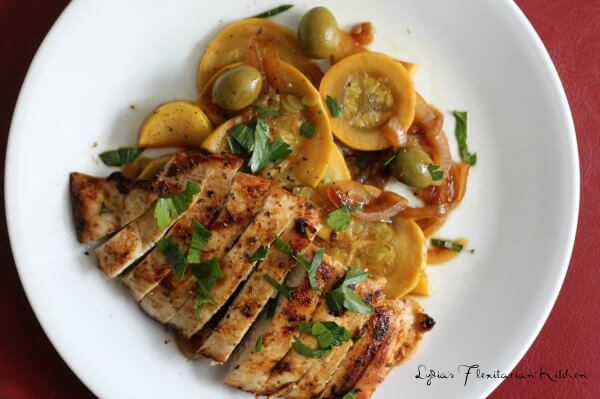
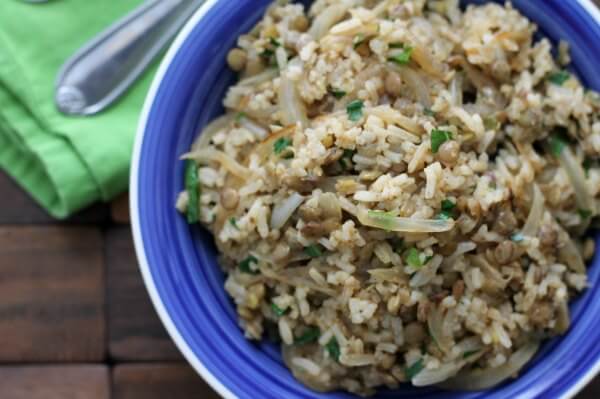
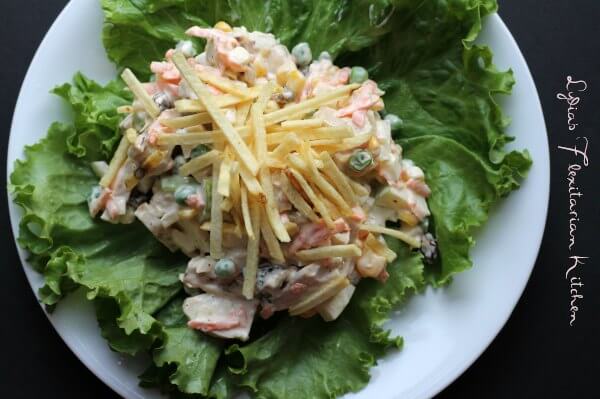
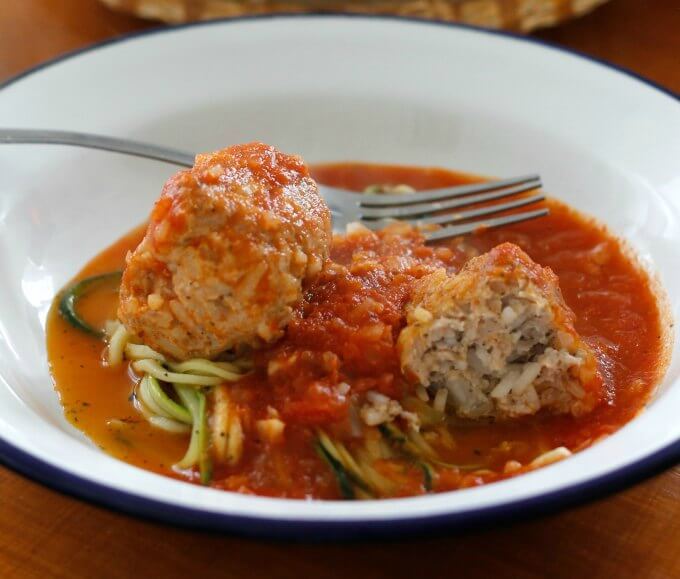
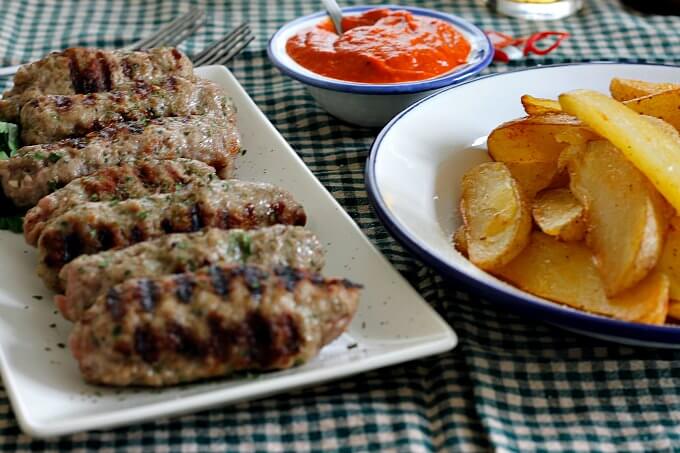
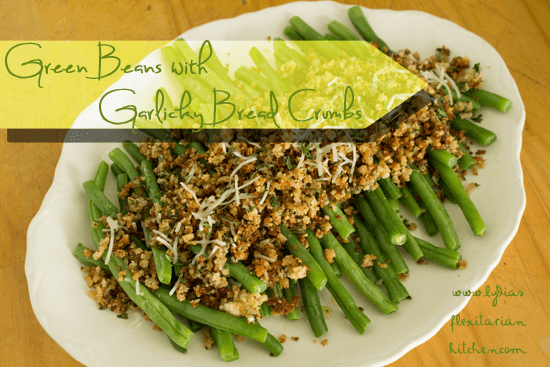
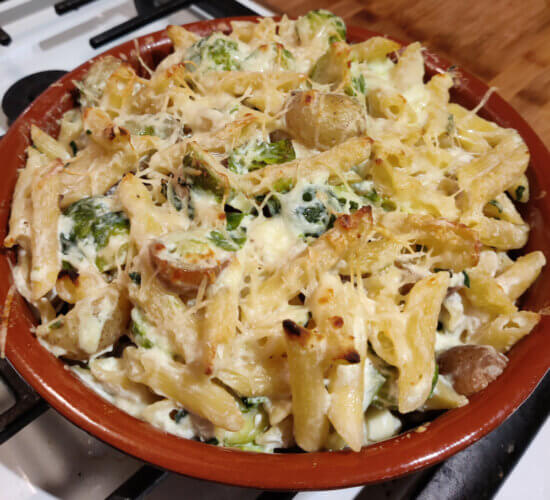
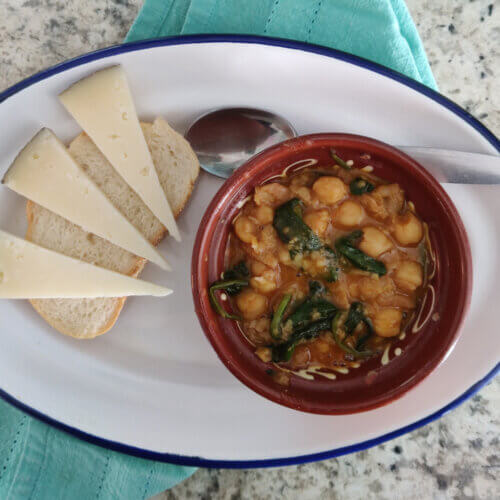
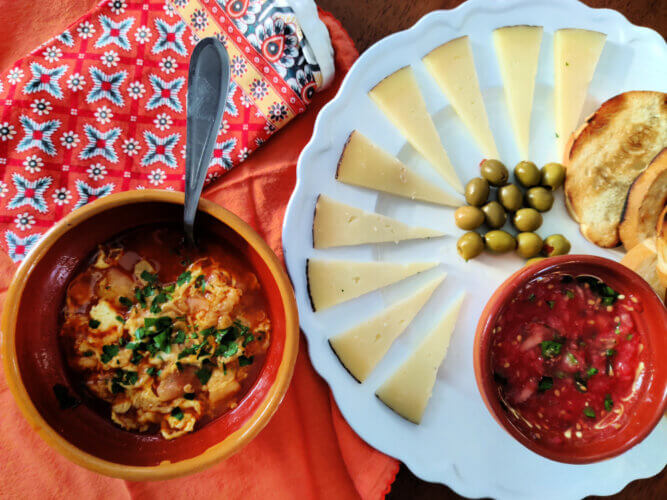
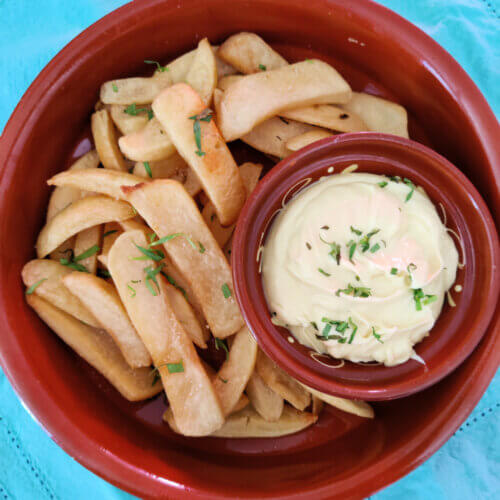
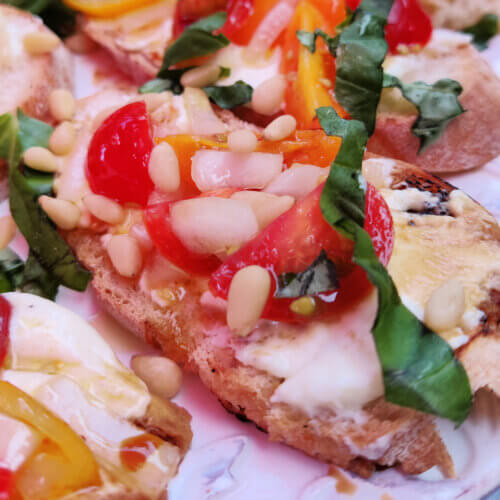
um…a bunch of things you’re eating are not allowed on a real elimination diet
Thanks for your comment. I followed an Elimination Diet plan outlined in the book Elimination Diet 101 as mentioned in the post and as mentioned in another post that was referred to: My Elimination Diet Journey. Basically, there’s a two week period where you eliminate items that commonly cause food allergies. After that they are reintroduced one at a time and if there’s no reaction, those foods can be consumed even though you may be testing another group. If your plan is different, do what works for you. Enjoy your week.
Hi! Thanks for linking up to the Friendly Friday Blog Hop. I would love if you came back again next week. http://tinyurl.com/kzk6kj9
You are welcome! I’ll be back next week. I enjoy reading new bloggers. 🙂
I enjoy to read your journey. Elimination diet sounds like a great plan to jump start a new healthy diet. Looking forward to read your result.
It’s been interesting, that’s for sure. Thanks for your encouragement 🙂
Thanks for the shout-out on my almond flour shortcakes. So glad you enjoyed them and yes, coconut is a wonderful healthy oil that can be used in place of butter or along with butter or other healthy unrefined oils. Lots of blessings to you, Kelly
You’re very welcome. I loved the shortcakes you could really taste the almond. They were perfect with a strawberry and blueberry compote. Thanks for stopping by! 🙂